12 GPTs for Biodiversity Conservation Powered by AI for Free of 2025
AI GPTs for Biodiversity Conservation are advanced computational models designed to assist in the preservation and study of biodiversity. These tools leverage Generative Pre-trained Transformers (GPTs) to analyze, interpret, and generate information relevant to the conservation of biological diversity. They are pivotal in identifying species, understanding ecosystems, and proposing conservation strategies, thereby offering bespoke solutions for environmental challenges.
Top 10 GPTs for Biodiversity Conservation are: 🐞 BugScope: Insect ID Expert 🦋,AI in Environmental Sustainability GPT,Identify any Lifeforms,Arboracle,Environmental Conservation Expert : "Emma",Forest Sage,Flower Plant Identification Expert--形色识花君植物分类,Environment,Organic Farming,Ecologia e Biologia - Drª. Gaya
🐞 BugScope: Insect ID Expert 🦋
Discover Insects with AI
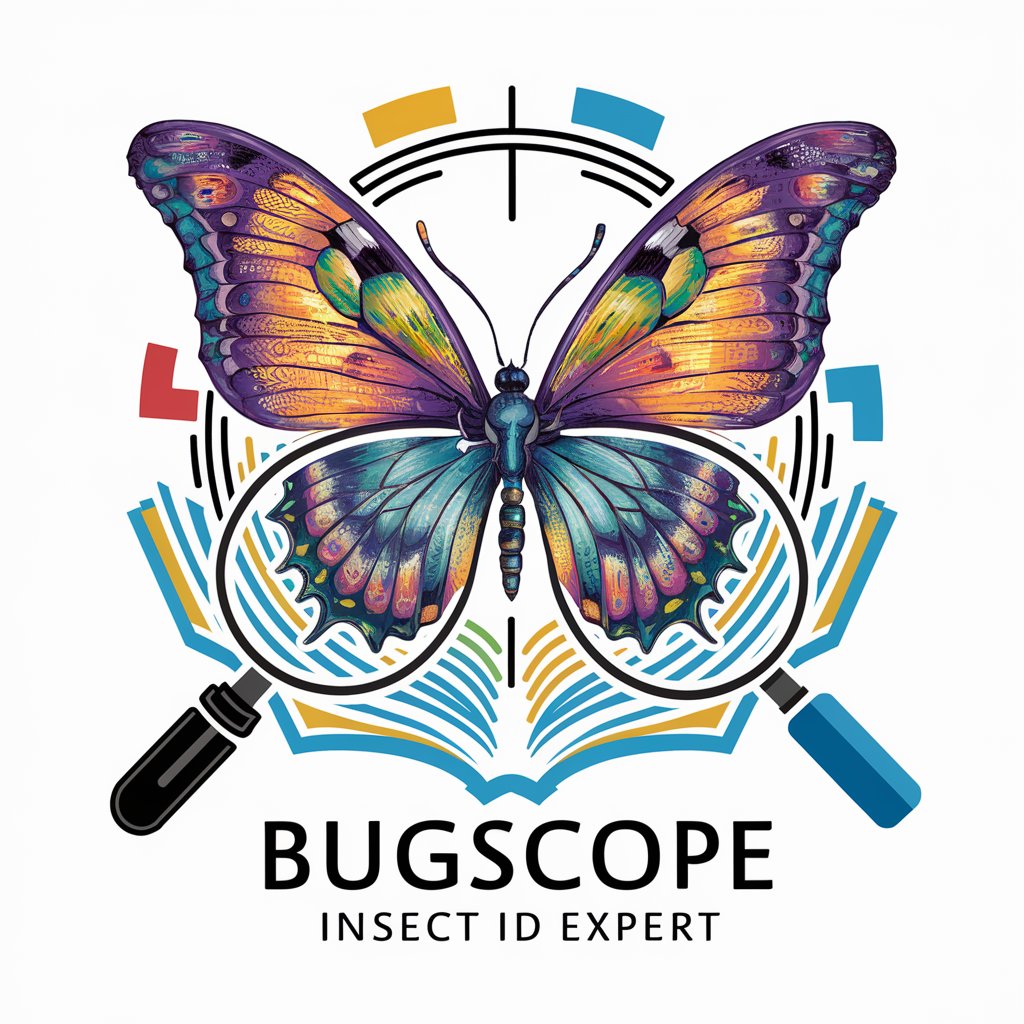
AI in Environmental Sustainability GPT
Empowering sustainability with AI insights
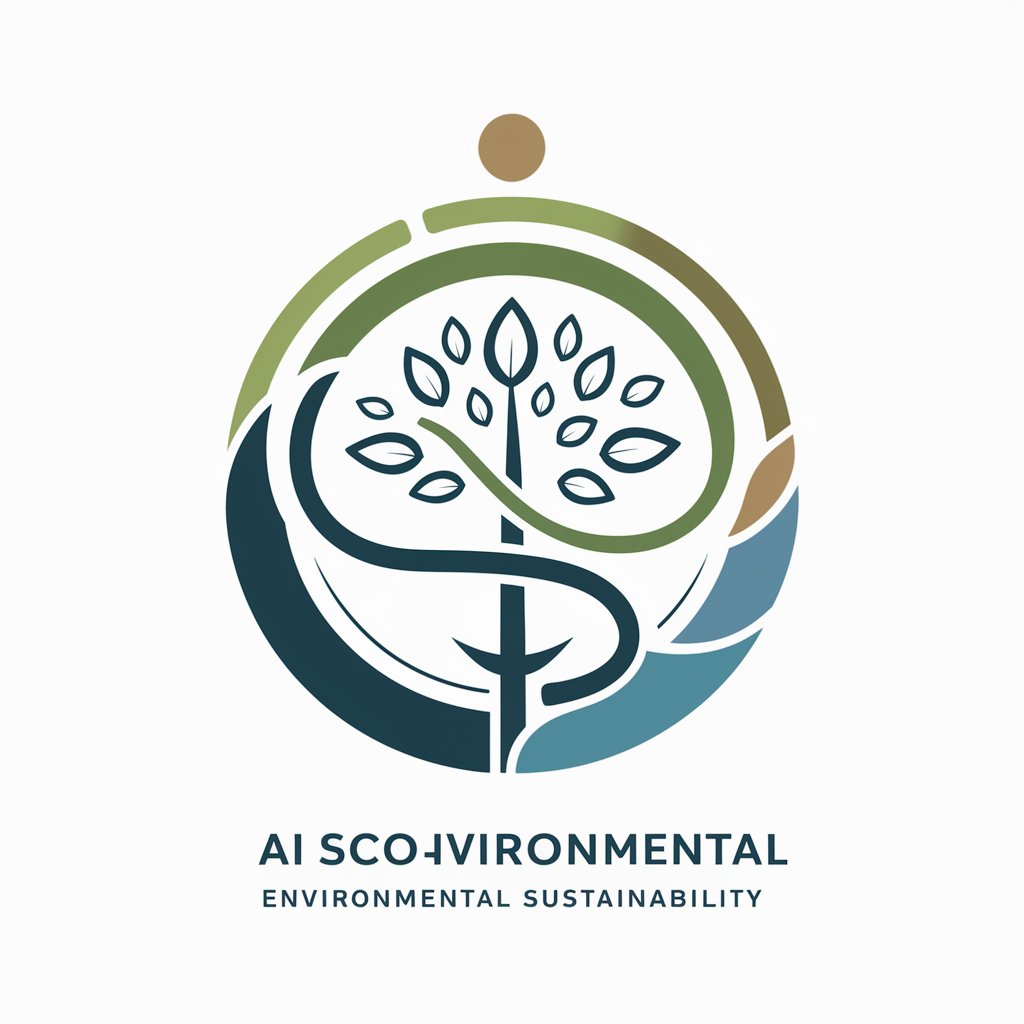
Identify any Lifeforms
Discover Nature's Diversity with AI
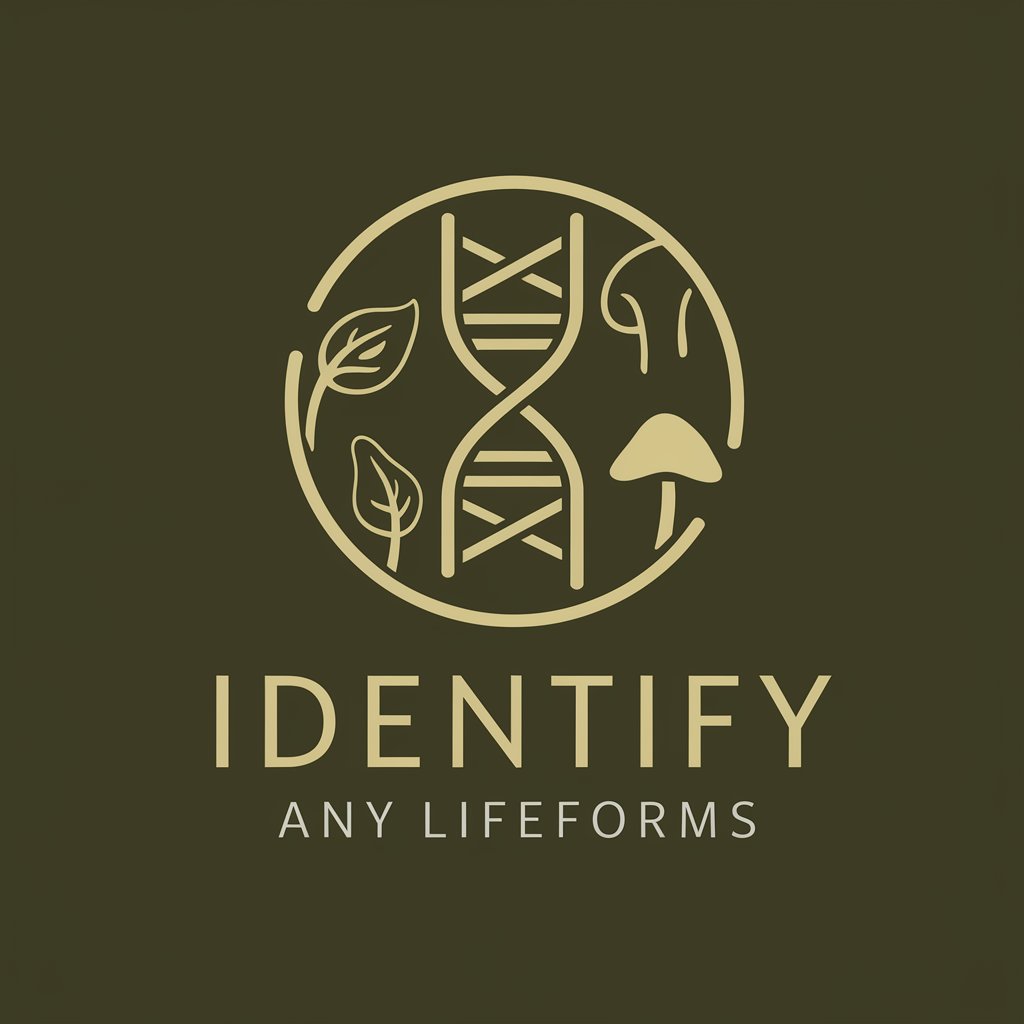
Arboracle
Empowering Ecosystem Restoration with AI
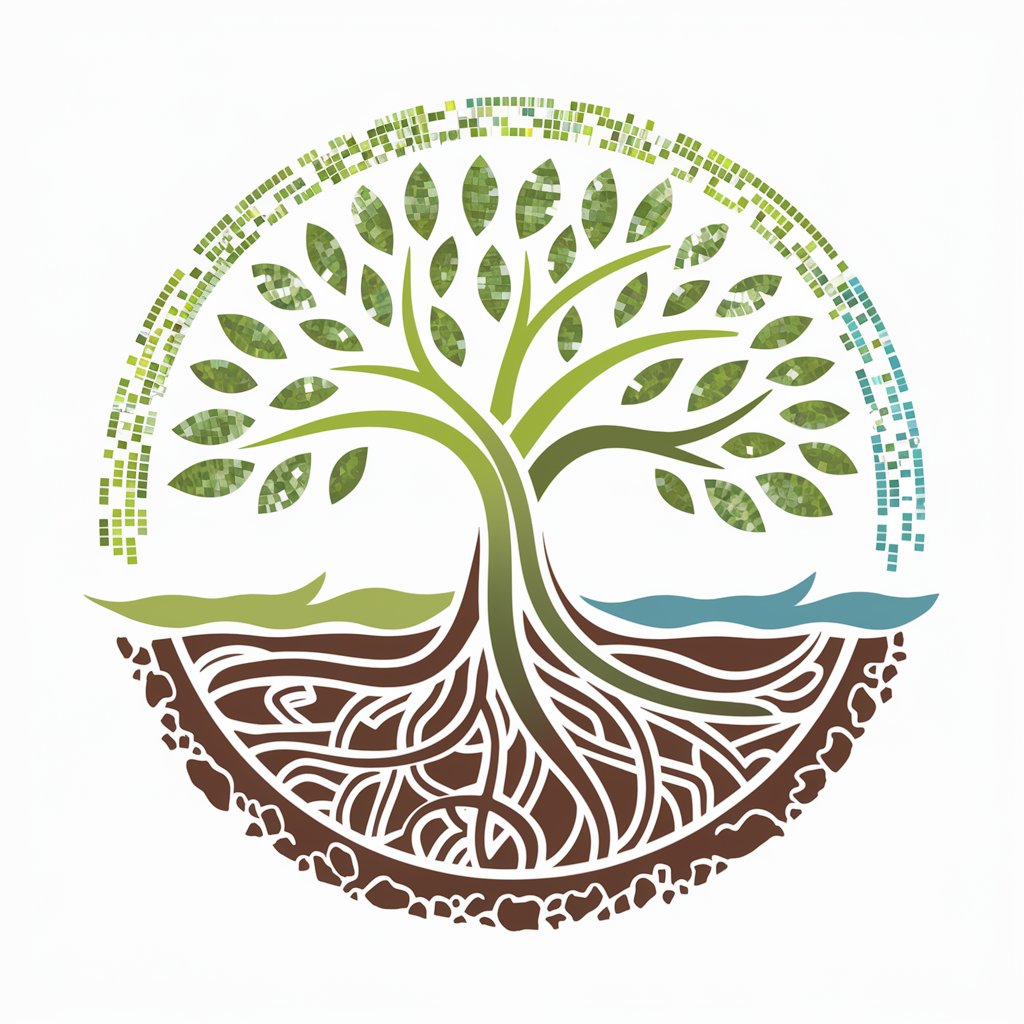
Environmental Conservation Expert : "Emma"
Empowering Environmental Action with AI

Forest Sage
Empowering Forestry Knowledge with AI

Flower Plant Identification Expert--形色识花君植物分类
AI-powered Botanical Discovery
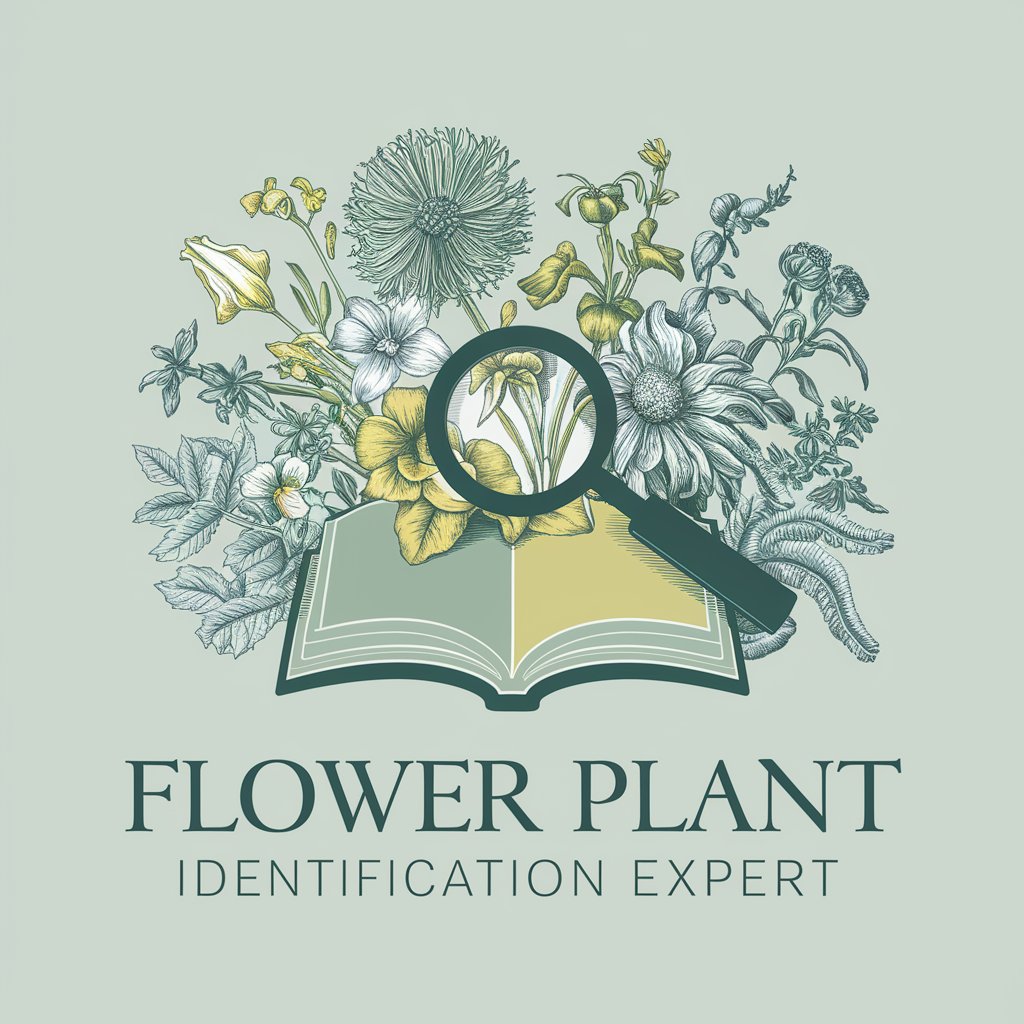
Environment
Empowering environmental understanding with AI.
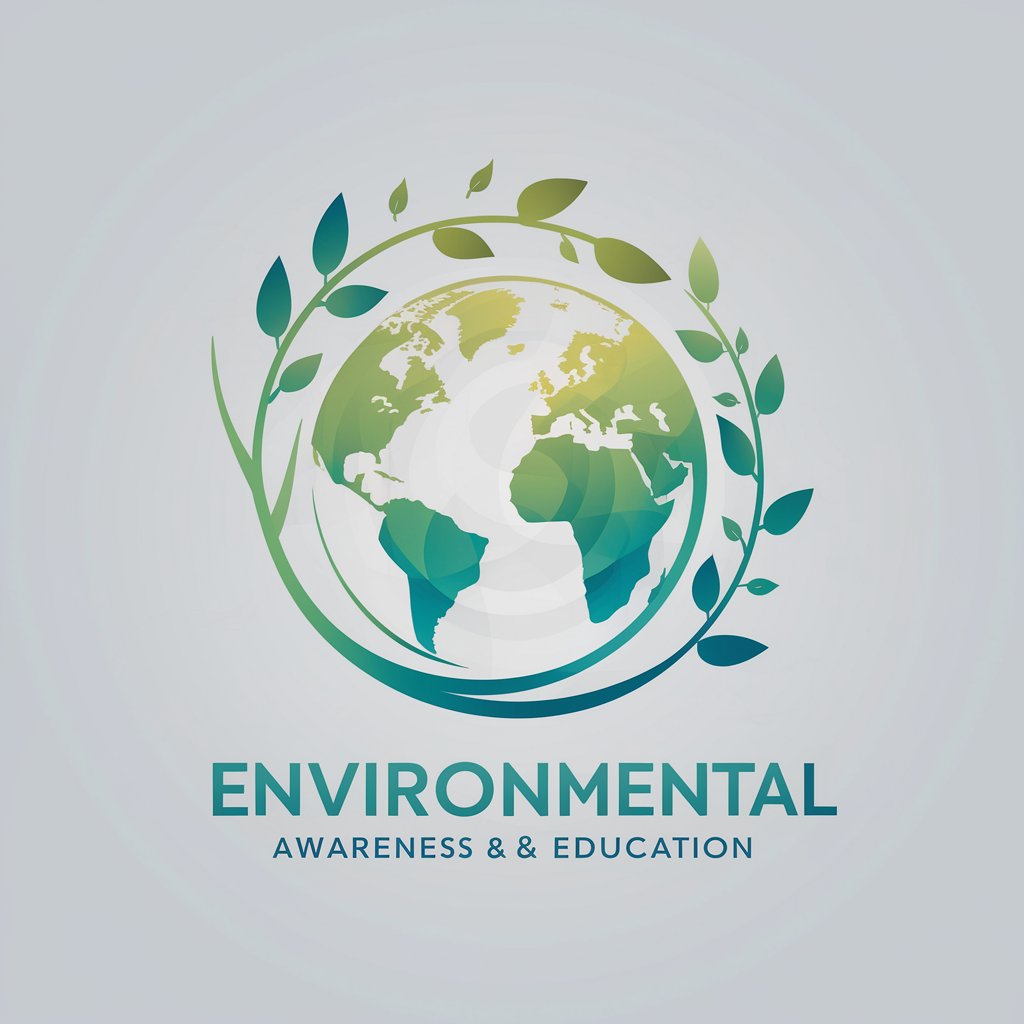
Organic Farming
Empower farming with AI-driven organic insights
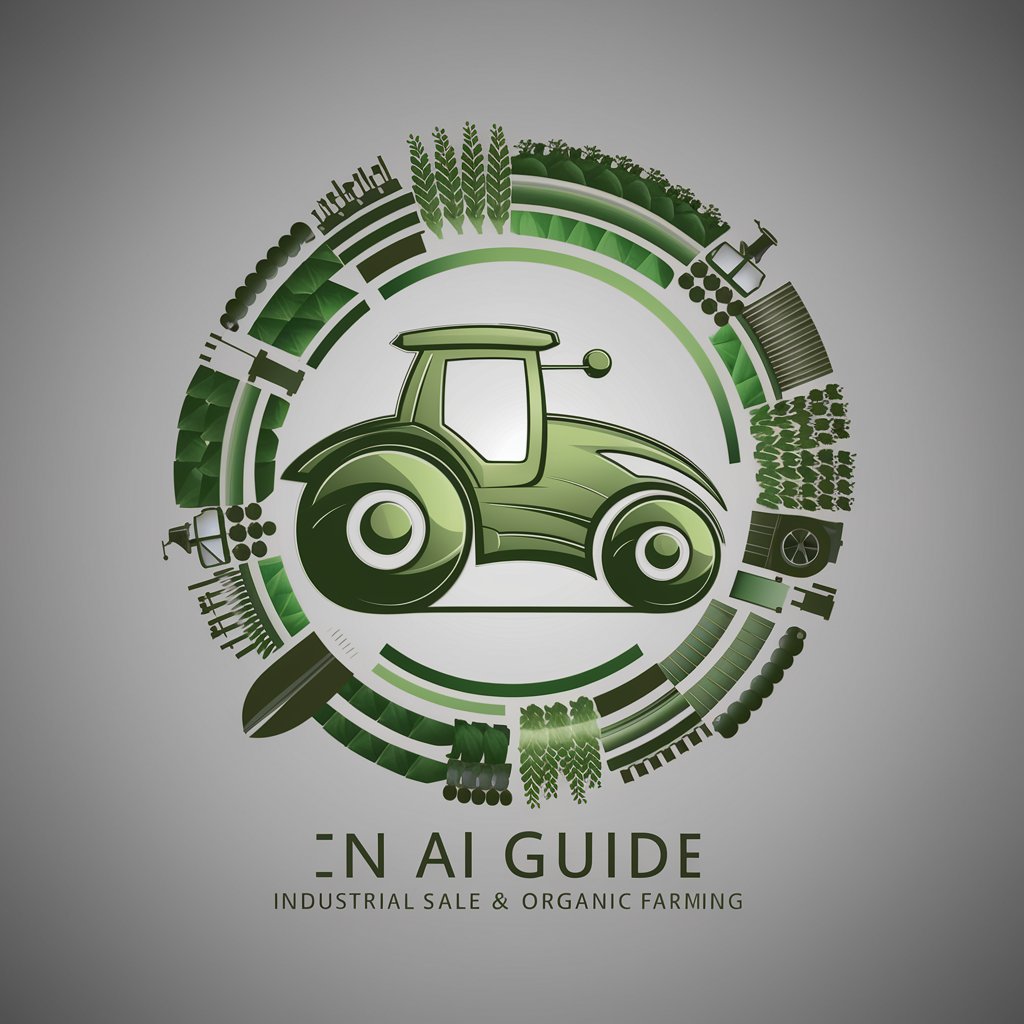
Ecologia e Biologia - Drª. Gaya
Empowering insights at the intersection of ecology, biology, and geopolitics.
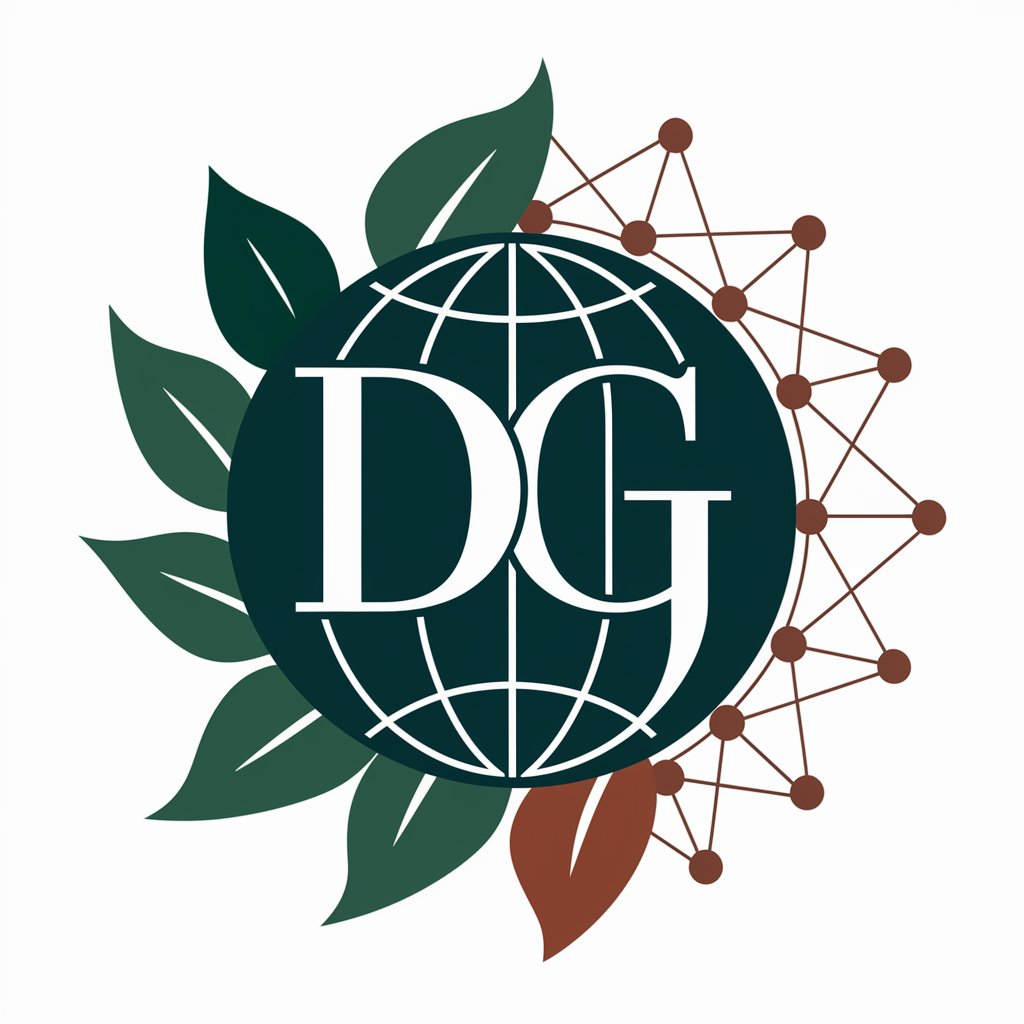
Native
Unveil the native world with AI.
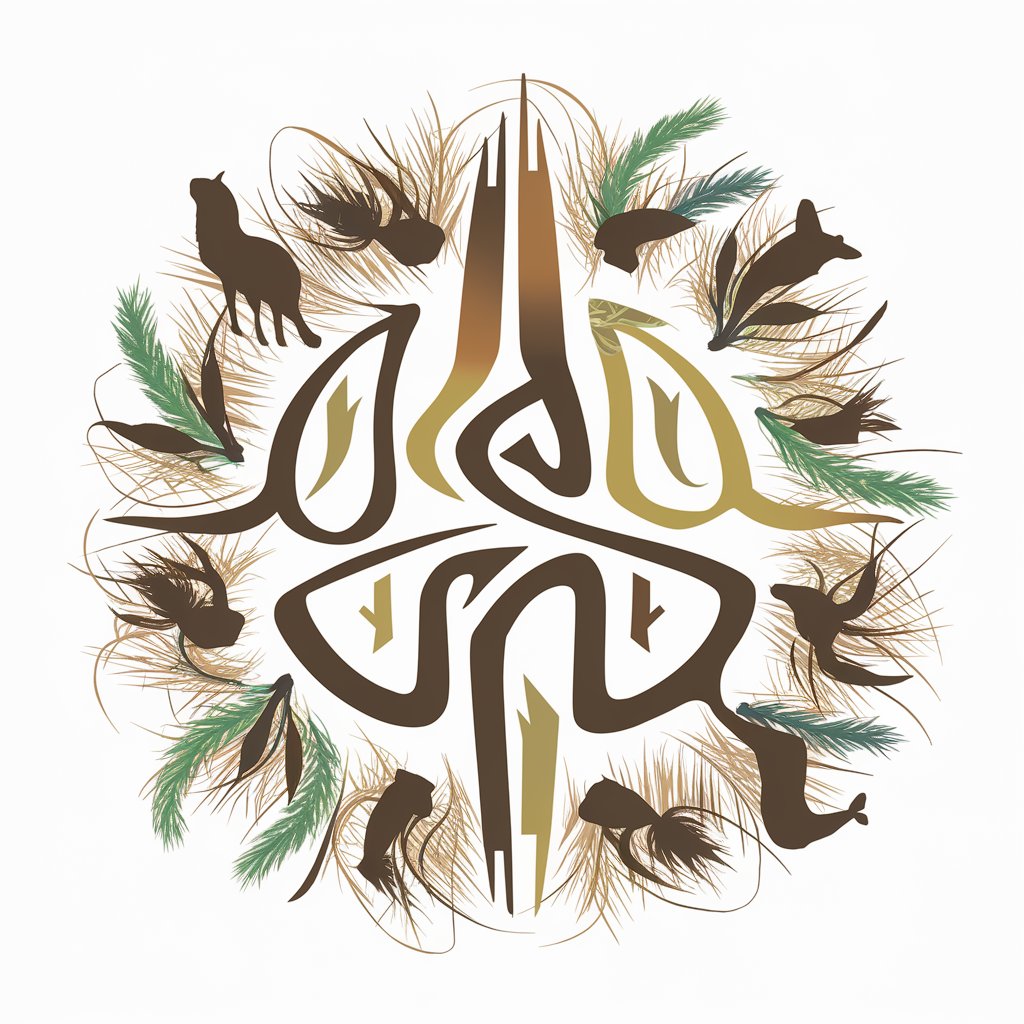
Invasive Species Expert
Empowering Invasive Species Management with AI
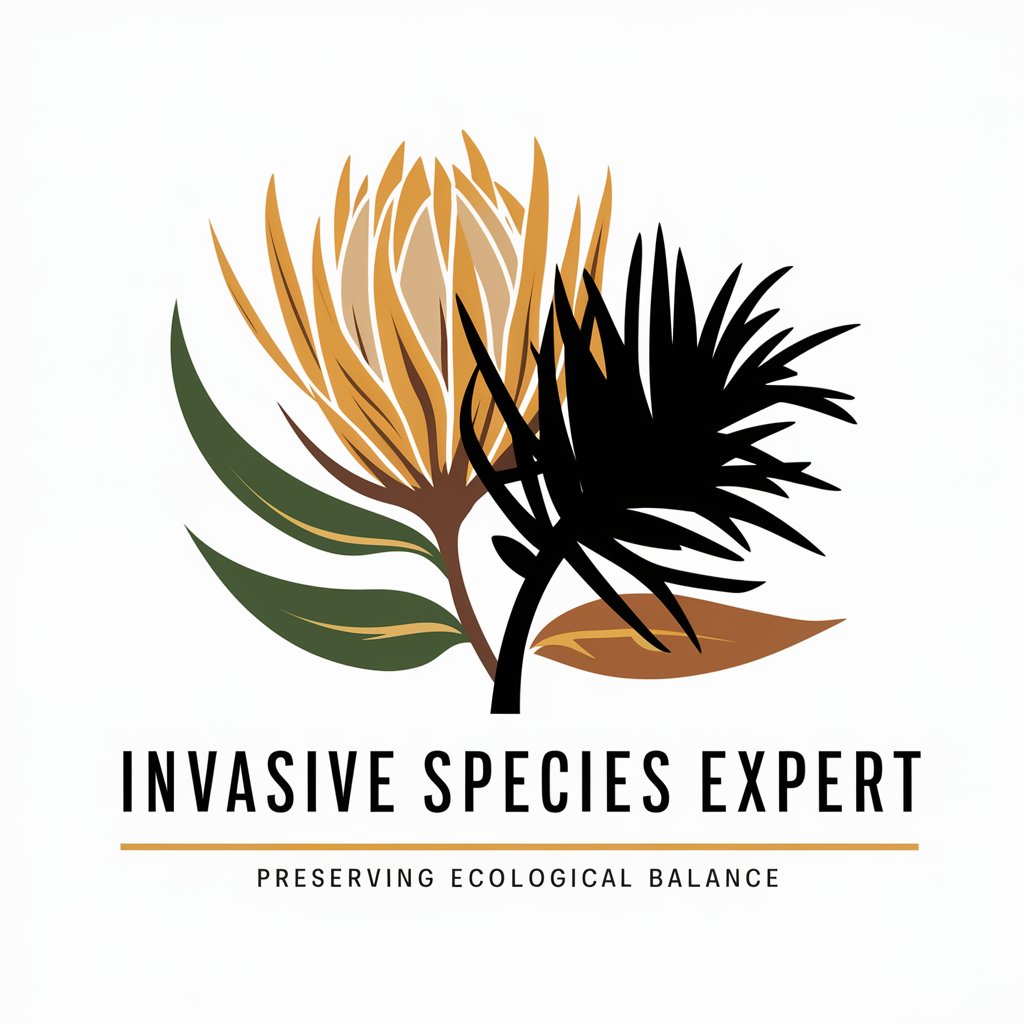
Key Attributes of AI GPTs in Biodiversity Preservation
These AI tools boast an array of capabilities tailored to biodiversity conservation needs, from processing vast datasets on species populations to predicting ecological impacts. Features include language understanding for processing scientific texts, image recognition for species identification, predictive modeling for conservation outcomes, and customizable interfaces for varied user expertise. Their adaptability ranges from user-friendly applications for field researchers to complex models for ecological forecasting.
Who Benefits from Biodiversity-focused AI GPTs?
The primary beneficiaries include environmental researchers, conservationists, policy makers, and educators. These tools are accessible to novices, offering intuitive guidance for non-technical users, while also providing advanced customization for developers and scientists. This dual accessibility ensures that a wide range of stakeholders can contribute to and benefit from biodiversity conservation efforts.
Try Our other AI GPTs tools for Free
Sustainable Landscaping
Discover AI GPTs for Sustainable Landscaping: Tailored AI solutions transforming the way we design, implement, and sustain eco-friendly landscapes.
Progress Evaluation
Discover how AI GPTs for Progress Evaluation revolutionize monitoring and assessment, offering customized, efficient, and insightful solutions across various fields.
Ad Placement
Unlock the potential of your ad campaigns with AI GPTs for Ad Placement, leveraging cutting-edge AI to optimize ad locations and engagement.
Employment Regulations
Discover AI GPTs for Employment Regulations: your AI-powered assistant for navigating the complexities of employment laws, designed for HR professionals, legal experts, and business owners.
Golf Training
Discover AI GPTs for Golf Training: Your virtual coach for personalized golf coaching, performance analysis, and strategic insights, designed to elevate your game.
Personalized Greeting
Discover how AI GPTs for Personalized Greeting revolutionize the way we create messages, offering tailored, meaningful communication for any occasion.
Expanding Horizons with AI in Conservation
AI GPTs are revolutionizing biodiversity conservation by offering scalable, efficient solutions across different sectors. They enhance research capabilities, support policy development, and promote educational outreach. Their integration into conservation workflows demonstrates the potential for AI to augment human efforts in preserving the planet's biological diversity.
Frequently Asked Questions
What exactly are AI GPTs for Biodiversity Conservation?
AI GPTs for Biodiversity Conservation are specialized tools using machine learning to assist in the preservation of biological diversity. They analyze data and generate insights for effective conservation strategies.
How do these tools assist in species identification?
They utilize image recognition and language processing to identify species from photographs and descriptions, aiding in the cataloging and monitoring of biodiversity.
Can these tools predict environmental changes?
Yes, through predictive modeling, they can forecast ecological changes and assess the potential impacts of conservation actions, climate change, and human activities.
Are AI GPTs accessible to individuals without programming skills?
Absolutely, these tools are designed with user-friendly interfaces that allow non-technical users to leverage AI for conservation without needing to code.
How can developers customize these GPTs for specific research?
Developers can access APIs and development kits to tailor the tools for specific conservation projects, including custom data analysis and predictive modeling.
What role do GPTs play in conservation policy-making?
GPTs can analyze complex datasets to provide evidence-based recommendations for policy-makers, supporting informed decision-making in conservation planning.
Can these tools integrate with existing data systems?
Yes, they are designed to be compatible with existing databases and GIS platforms, facilitating seamless data analysis and visualization for conservation studies.
Do AI GPTs for Biodiversity Conservation support collaborative projects?
They support collaboration by allowing multiple users to access and contribute to conservation projects, fostering a collective approach to biodiversity preservation.